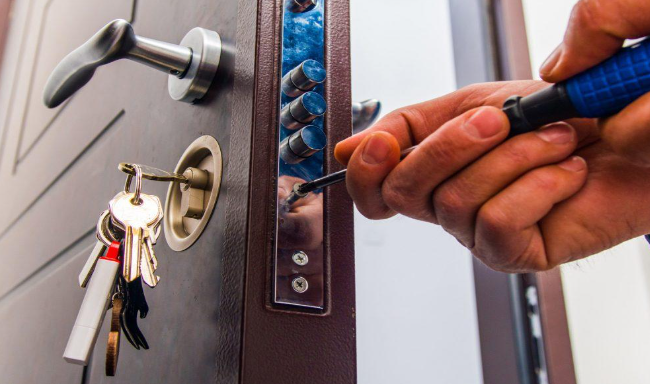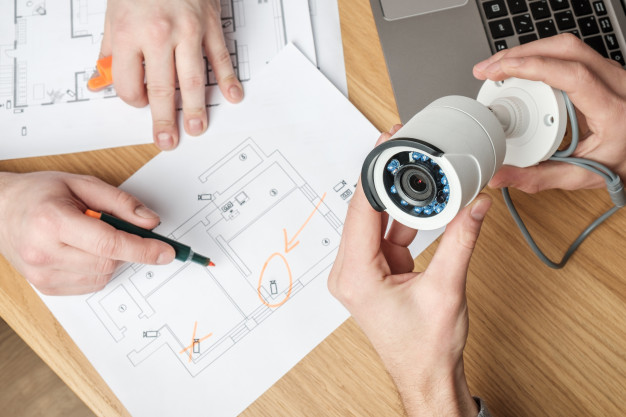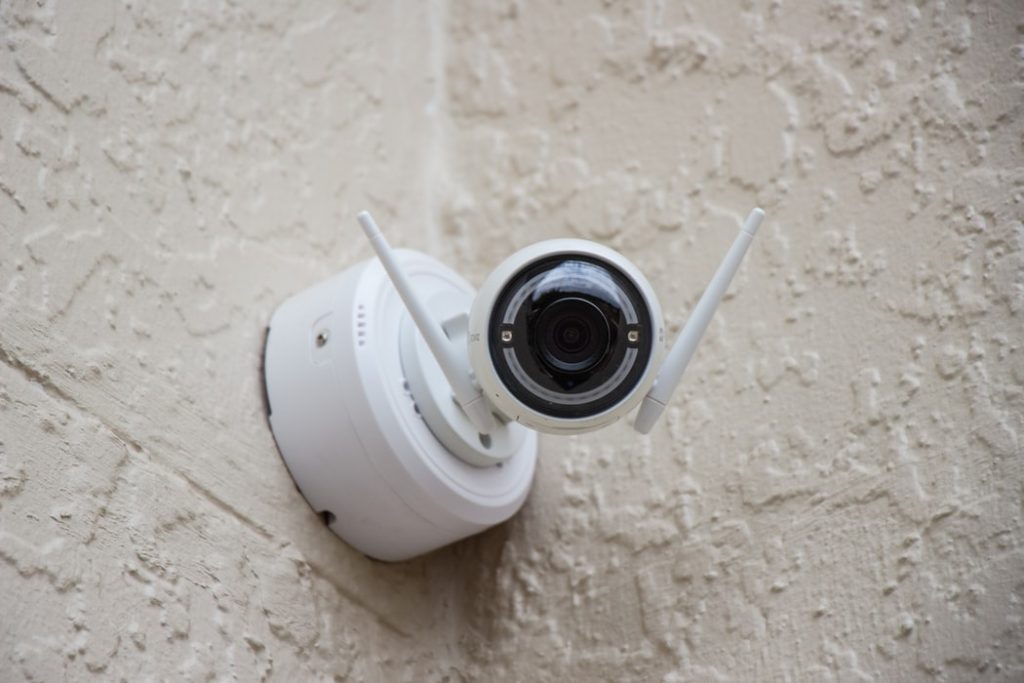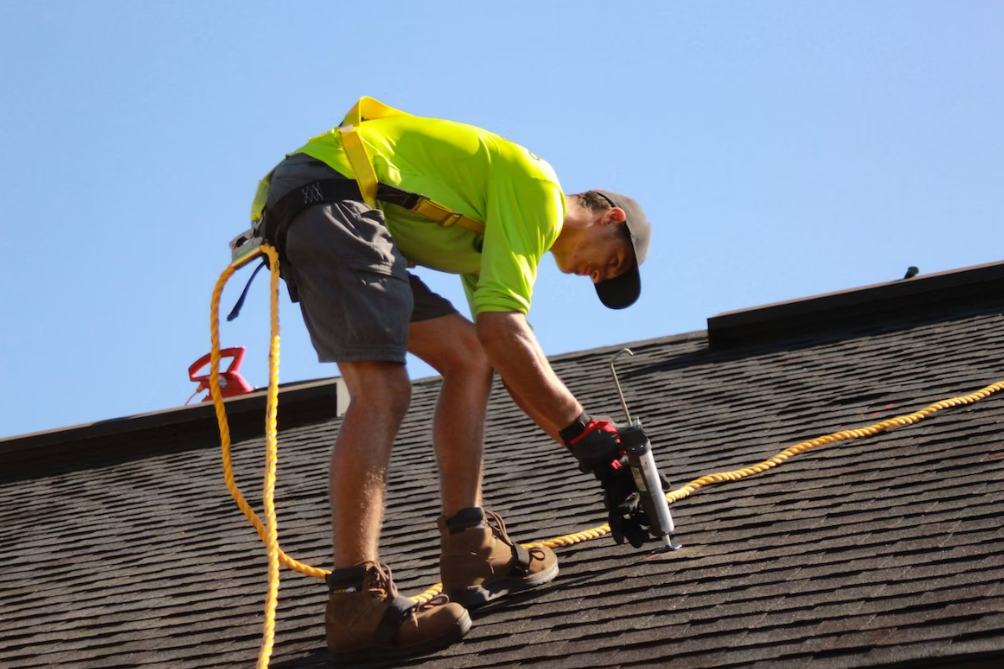In a world where the safety of our personal space can never be overemphasized, taking the appropriate steps to protect our homes is not just advisable—it’s imperative!
With a few simple adjustments and a bit of conscientiousness, you can significantly bolster your home’s security and enjoy peace of mind. For homeowners and families looking to safeguard their sanctuaries, here are four easy methods to ensure your castle remains a bastion of security.
Secure Your Doors and Windows
The main entry points to your home can also be the most vulnerable. Begin your home protection routine by fortifying your doors and windows, ensuring that potential intruders are kept at bay.
Use Quality Locks and Deadbolts
Invest in high-security locks and deadbolts. Look for Grade 1 locksets, which are some of the most secure options on the market. Assess the strength of your doors and frames to determine if they can withstand forced entry. Simple strike plates are often inadequate; consider adding longer screws or metal reinforcements for added protection.
Keep Up With Garage Door Maintenance/Repairs
Many homeowners overlook their garage doors as a potential weak link in their home’s security. Ensuring your garage door is in good condition, with functioning and secure openers, can prevent intruders from accessing your home through this less-monitored entry point. Maintenance of garage doors is more important than most people think. If you live in the midwest and are in need of a tune-up, search “garage door repair overland park ks” to find a local contractor.
Enhance Outdoor Lighting
A well-lit home exterior is a powerful deterrent to would-be intruders. Darkness offers anonymity and concealment, so shine a light on security concerns before they become problems.
Motion Sensor Lights
Install motion-activated lights around the perimeter of your home. At the first movement, these lights will turn on, illuminating the area and likely scaring off any uninvited guests.
Well-lit Pathways and Entry Points
Maintain regularly illuminated pathways to make your home less appealing to burglars. Strategic lighting also makes it easier for you to identify and address any activities outside your home, enhancing overall awareness.
Invest in a Home Security System
Home security systems have evolved to offer comprehensive protection and peace of mind. Modern systems offer sophisticated monitoring and alerts, effectively turning your home into a formidable fortress.
Alarm Systems
Install an alarm system with loud sirens that will alert you and your neighbors to any unauthorized entry. Visible signage of your alarm system can also act as a deterrent.
Monitoring Services
Enlist the services of a home security monitoring company for 24/7 surveillance. These professionals can notify you and emergency services immediately if there’s any sign of trouble.
Practice Home Safety Habits
Even the most advanced security measures are ineffective if not properly used. Adhering to simple home safety habits can be the final line of defense, stopping potential threats before they escalate.
Lock Doors and Windows When Away
Develop a routine to check that all doors and windows are locked whenever you leave your home, even if only for a few minutes. This consistent practice is a fundamental aspect of home security.
Avoid Sharing Vacation Plans on Social Media
It’s natural to be excited about a vacation, but resist the urge to broadcast your absence on social media. This information can be a green light for burglars, revealing your home as an easy target.
Safeguard Your Home Today
Your home is your sanctuary, and safeguarding it should be a top priority. By implementing these four strategies, you can protect your home against potential threats without overcomplicating your daily life. Remember, home security is not a one-size-fits-all solution, and it’s always evolving. Stay informed about current security practices and routinely reassess your home’s protection needs. With these simple measures, you are well on your way to creating a safe and secure living environment for you and your family.






